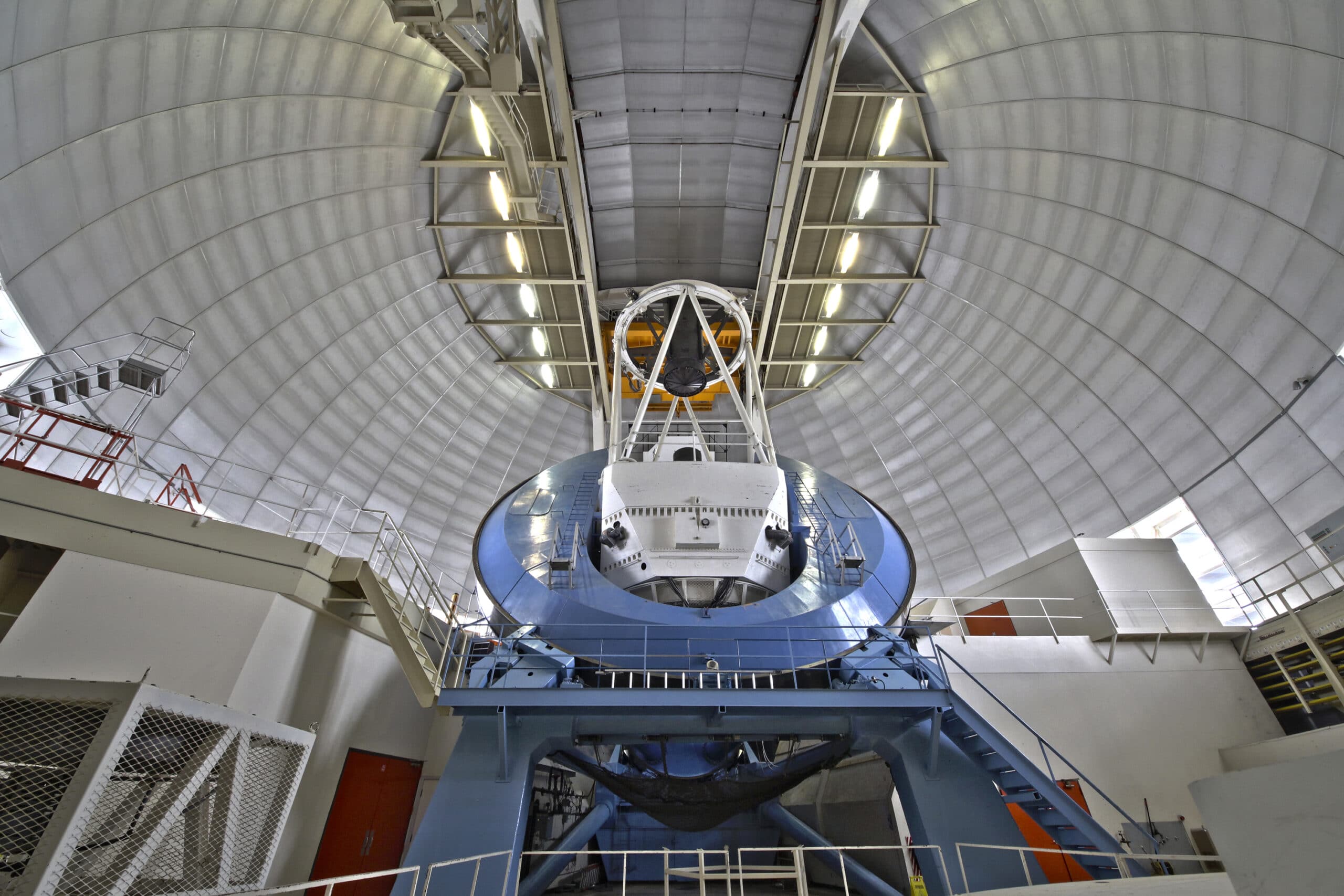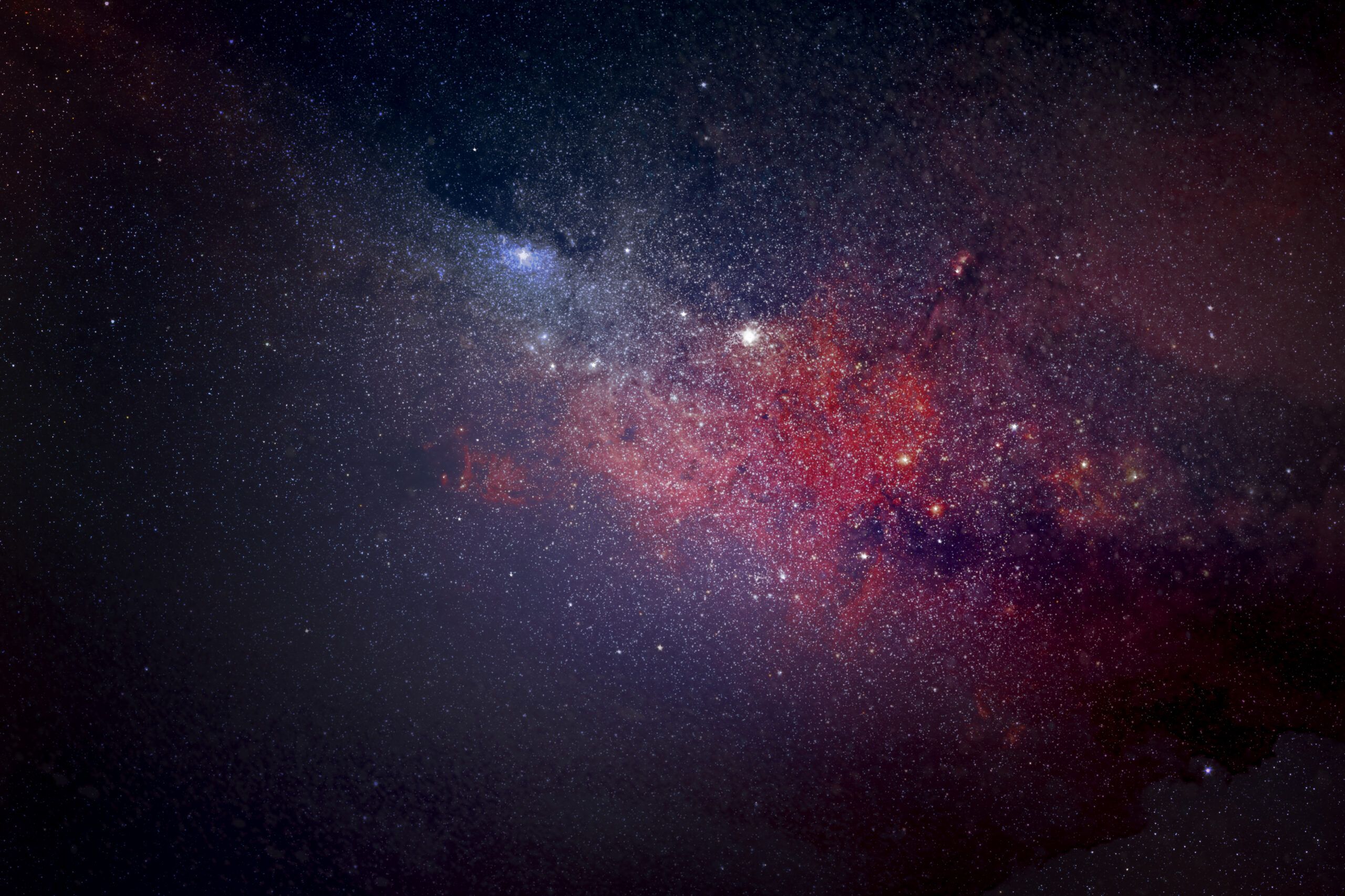According to the US Department of Energy Office of Science, DESI “will measure the effect of dark energy on the expansion of the universe”. While it will “also obtain optical spectra for tens of millions of galaxies and quasars, constructing a 3D map spanning the nearby universe to 11 billion light years”.
The DESI mission is currently being undertaken at the Kitt Peak National Observatory in Tucson, Arizona with Berkley National Lab managing the international science collaboration. Berkley Lab Scientist Julien Guy said that the results they’ve gotten so far have been incredible.
“There is a lot of beauty to it,” he said.
“In the distribution of the galaxies in the 3D map, there are huge clusters, filaments and voids [and] they’re the biggest structures in the universe,”
“But within them, you find an imprint of the very early universe, and the history of its expansion since then.”

“It’s amazing how well this instrument is working and how well it’s been designed to go out and get the distances to these galaxies, he said.
“It’s an incredibly efficient machine for harvesting them in a way that even two decades ago would’ve been mind-boggling.”
DESI has already mapped 10 per cent of the universe taking just over seven months to do so. Although DESI is no where near the end of its five-year mission, it has already scoped and recorded more 3D data than any other mission before. Scientists involved in the DESI project talked about the instruments performance as well as revealing a few results from the mission so far at the CosmoPalooza.
The DESI has been installed on the Nicholas U. Mayall telescope which stands at four metres tall. According to the BBC DESI has already noted more than 7.5 million galaxies and is expected to catalogue close to 40 million when the mission ends in 2026.






